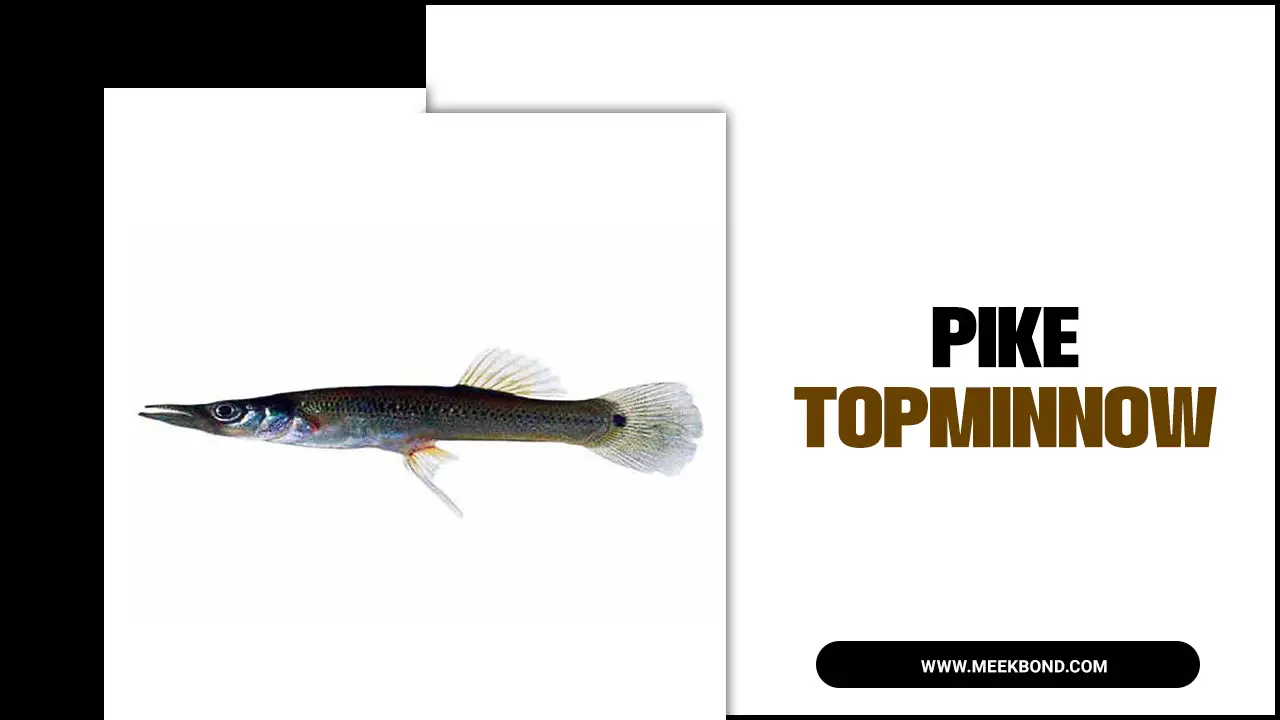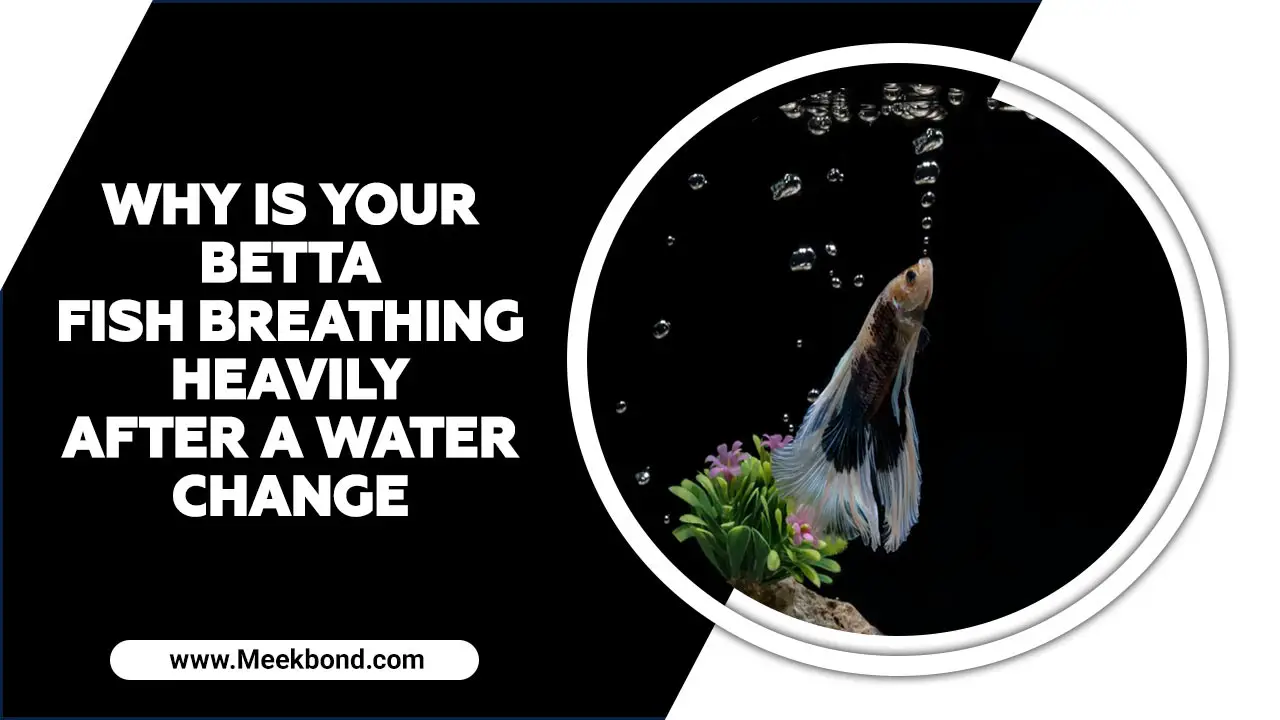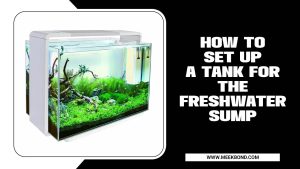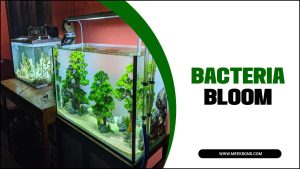Fish are a diverse group of aquatic animals found in almost every body of water on Earth. Fish come in all shapes and sizes, from tiny to giant whales. Ponds are small bodies of water that are usually shallow and host various aquatic plants and animals.
They are often found in natural environments, such as forests or wetlands, but can also be artificially created in gardens or parks. Ponds provide important habitats for many wildlife species, including fish, frogs, turtles, and birds.
Imagine sitting in your backyard enjoying the soothing sounds of a water feature while watching your own fish swim into their new habitat. Building a fish pond in your backyard is a great way to add beauty and increase the value of your property.
However, building a pond can be difficult if you don’t know where to start. We’ll provide a how to create a fish pond in your backyard. We will add some popular options, such as low-maintenance or koi fish ponds, that you can explore. So read on to find out.
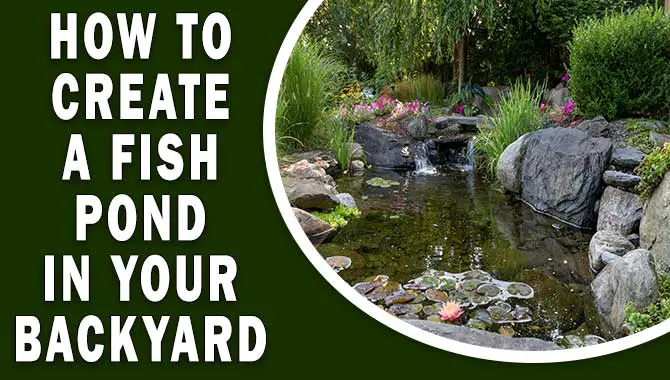
Pond Building Materials
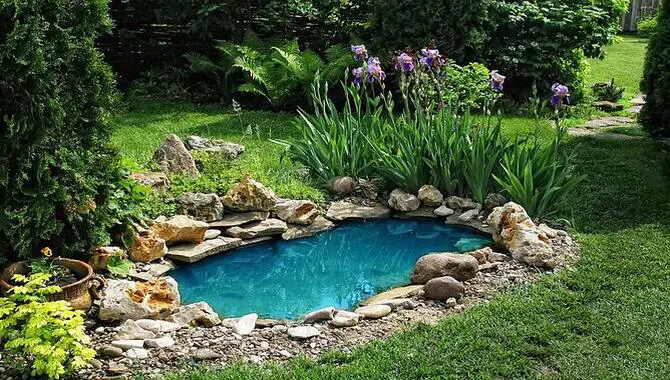
Choosing the ideal pond-building materials for your backyard fish pond is crucial when creating a more natural look. PVC liners are popular for their affordability and easy usage but may require frequent maintenance.
Before purchasing any materials, be sure to research their compatibility with each other and their suitability for your specific pond design. With careful consideration of these factors, you can create a beautiful and functional fish pond in your own backyard. Here are some materials:
- Pond liner
- Rocks and gravel
- Water pump
- Filtration system
10 Steps On How To Create A Fish Pond In Your Backyard
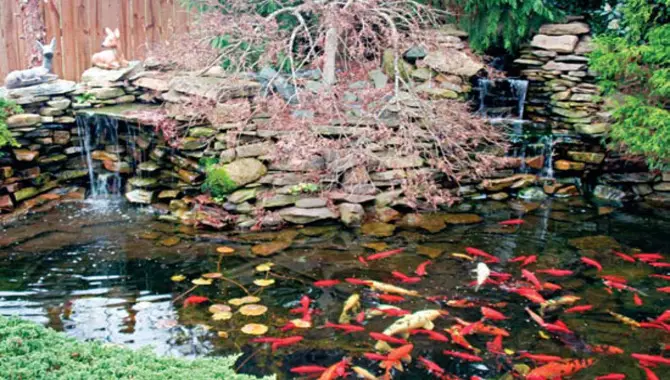
A fish pond in your backyard can be a wonderful way to add beauty and tranquility to your outdoor space. Whether looking for a quiet spot to relax and unwind or a place to entertain guests, a fish pond can be the perfect addition to your landscaping.
Not only do fish ponds provide a peaceful atmosphere, but they can also attract birds and other wildlife, making your backyard feel like a natural oasis. When designing your fish pond, there are countless options to choose from.
You can opt for a formal design with geometric shapes and clean lines or a more natural look with rocks, plants, and waterfalls. Here are 10 steps on how to create a fish pond in your backyard. Scroll down to get in details.
1. Choosing The Right Pond Type
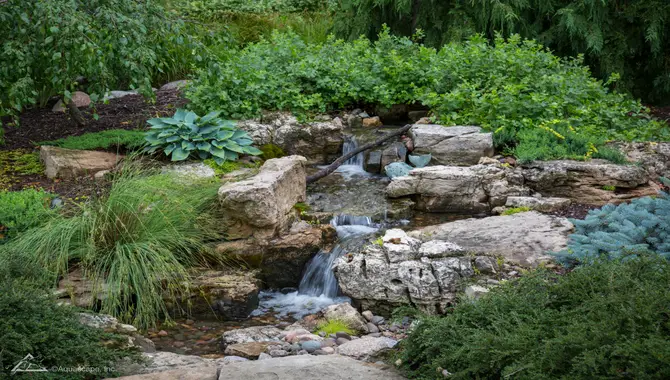
For those looking to create a fish pond in their backyard, selecting the ideal pond type is crucial for optimal enjoyment. Homeowners can choose from three main types of ponds:
natural, preformed, and liner. Natural ponds offer a more natural look but require extra time for construction. Preformed ponds are easy to install and come in various sizes and shapes. Liner ponds require digging and lining with special materials but allow for more customization with features like waterfalls or fountains.
2. Selecting The Ideal Location
Selecting the ideal location is a critical decision that can greatly impact the success of any business. Factors to consider when selecting a location include accessibility, visibility, competition, and cost.
Accessibility refers to how easy it is for customers to reach the location by car, public transportation, or walking. Visibility is important because it can help attract new customers and increase brand awareness.
Competition should also be considered to ensure that the chosen location is not oversaturated with similar businesses. Finally, cost is a crucial factor as it can greatly affect profitability. It’s important to balance these factors to select a location with the best growth and success opportunities.
3. Designing A Pond Layout
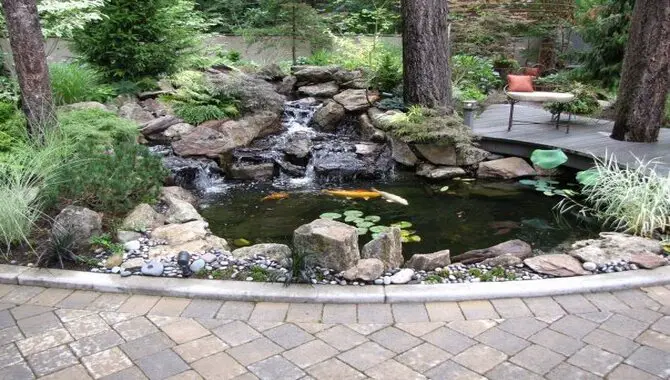
Designing a pond layout requires careful planning and consideration of various factors. Once these basic considerations have been made, further decisions can be made, such as plant and fish selection to enhance the overall appearance and functionality of the pond. A well-designed pond can add beauty and tranquility to any outdoor space while providing a habitat for aquatic life. Here are:
- First, the size of the pond needs to be determined based on the available space and desired depth.
- Second, the shape of the pond should also be considered, as it can affect water circulation and aesthetic appeal.
- Additionally, the pond’s location is very important, as it should receive sufficient sunlight and be protected from excess wind to maintain a healthy ecosystem.
4. Planning And Digging The Pond
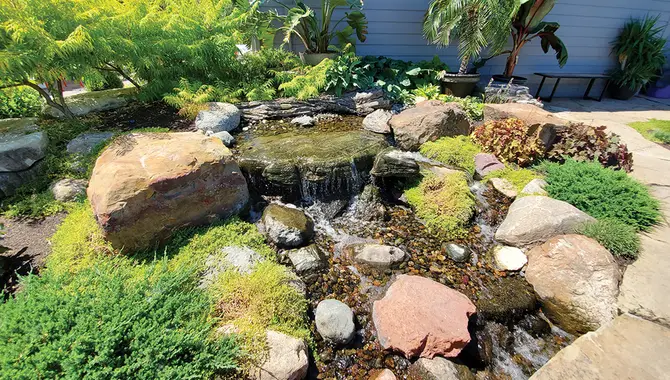
Planning and digging a backyard pond careful consideration of factors like location and size. Ensure you have any permits before outlining the pond shape with a hose or rope.
Leaks can be prevented with a suitable liner, while varying depths can support diverse plant growth. Pea gravel or sand at the bottom imparts a more natural look. Remember to choose wisely when constructing your backyard fish pond.
5. Lining The Pond
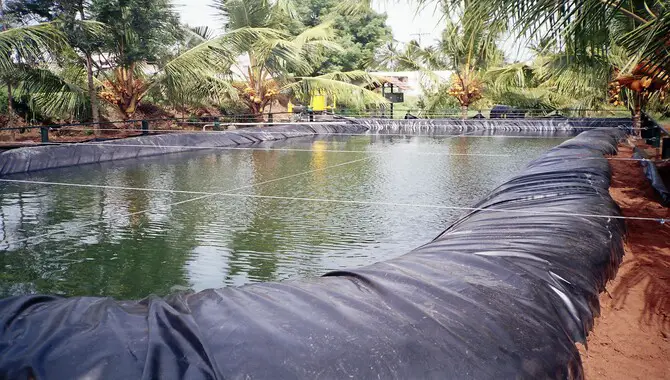
Lining the pond is an essential step in creating a healthy and sustainable aquatic environment. Without proper lining, water can seep into the soil and cause erosion or contamination.
There are several options for pond lining, including PVC liners, rubber liners, and concrete. PVC liners are affordable and easy to install, but they may not be as durable as other options.
Rubber liners are flexible and resistant to punctures, but they can be more expensive than other materials. Concrete is a long-lasting option that can withstand harsh weather conditions, but it requires professional installation and may not be suitable for all types of ponds.
6. Adding Water And Rocks
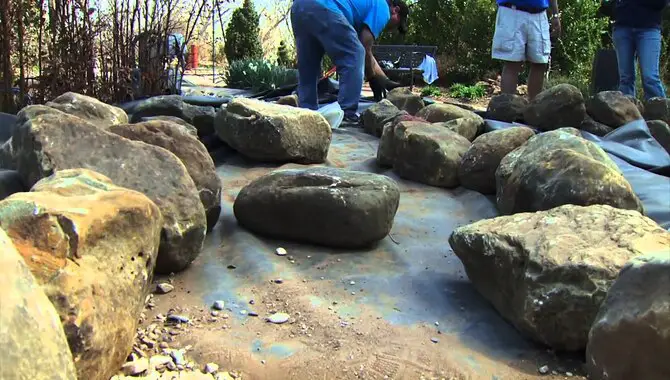
Adding water and rocks to a pond can have a transformative effect, creating a calming and serene, beautiful, and soothing atmosphere. The sound of water can be incredibly relaxing, helping to drown out background noise and promoting a sense of tranquility.
Similarly, rocks can add a natural element to any setting, bringing the outdoors inside and creating a peaceful ambiance. Whether you opt for a small tabletop fountain or a larger outdoor water feature, adding water to your space will surely enhance its overall aesthetic appeal. And with endless options regarding size, shape, and color, rocks provide limitless creative possibilities for incorporating them into your décor.
7. Building Waterfalls And Fountains
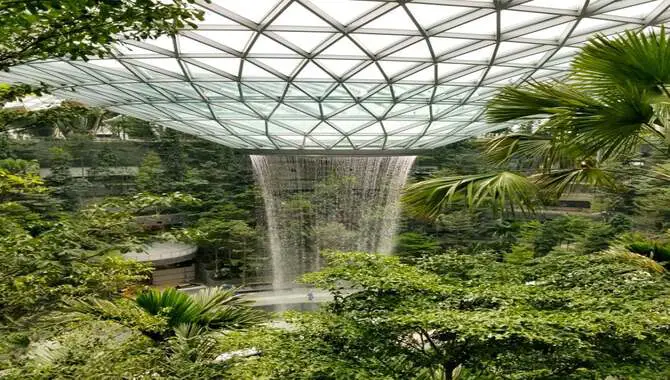
Building waterfalls and fountains is a true art form. It requires a unique blend of creativity, engineering know-how, and a deep understanding of the natural world. Waterfalls and fountains can add a touch of elegance and tranquility to any outdoor space, from private gardens to public parks.
The sound of running water can be soothing to the soul, and the sight of shimmering water cascading down a rock face can take your breath away. To create these stunning features, builders often combine natural materials like rock and stone and man-made materials like concrete and steel.
8. Installing Filters And Plumbing
Installing filters and plumbing can be daunting for even the most experienced DIY enthusiast. However, completing this project successfully with the right tools and some basic knowledge is possible.
The first step is to determine the filter and plumbing system that will work best for your needs. Once you have chosen the appropriate system, it is important to follow the manufacturer’s instructions for installation carefully.
This typically involves cutting and connecting pipes, installing valves and fittings, and securing the filter or plumbing unit. It is also important to test the system thoroughly before use to ensure it functions properly.
9. Adding Vegetation And Fish
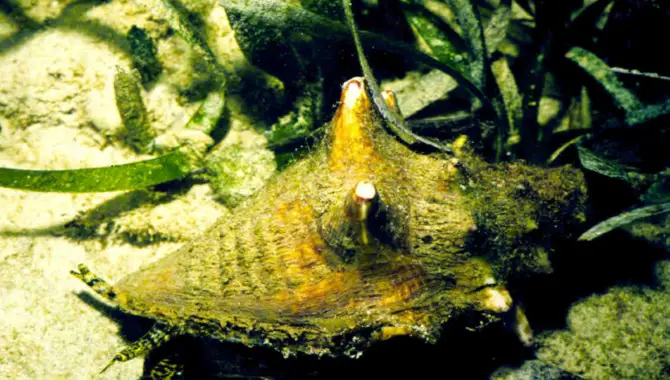
Adding vegetation and fish to your pond can create a beautiful and healthy environment. Plants add aesthetic value and provide oxygen and natural filtration, helping maintain water quality and reducing the need for chemical treatments. In addition, live plants can serve as a food source for some fish species, promoting a more natural diet.
Choosing species compatible with your pond lighting and water conditions is important when selecting plants. Adding fish to your pond can also improve its overall health and beauty.
10. Maintaining A Pond’s Health
Proper maintenance is crucial for creating a beautiful backyard fish pond. Regularly test pH levels, temperature, and oxygen saturation to ensure a healthy environment.
Implementing proper filtration systems with biological and mechanical filters will keep the water clean. Remove debris regularly to prevent clogs in your filtration system. Adding native aquatic plants enhances the ecosystem’s balance and provides natural filtration while controlling algae growth.
Conclusion
A fish pond man-made body of water designed to house and nurture fish. It can be used for recreational fishing, aquaculture, or as a decorative feature in gardens or public spaces.
Fish ponds can vary in size and design, from small backyard ponds to large commercial operations. Creating a fish pond in your backyard can be a fun and rewarding project that adds beauty and tranquility to your outdoor space.
However, with careful planning, attention to detail, and some basic knowledge of pond maintenance, you can create a beautiful and thriving fish pond that will provide you and your family years of enjoyment.
Now that you know how to create a fish pond in your backyard. Whether you’re looking to add an attractive water feature to your yard or create a natural habitat for fish and other aquatic wildlife, building a fish pond is easier than you might think.
Frequently Asked Questions
Can I Build A Fish Pond In My Backyard?
Building a fish pond in your backyard is possible, but check local regulations and permits. Choose a suitable location with proper sunlight and shade for the fish. Consider factors like size, depth, filtration system, and type of fish before building to ensure their health and safety.
What Do I Need To Start A Backyard Pond?
Creating a backyard pond requires a spacious location with access to water, a liner to prevent leaks, and a filtration system to keep the water clean. Additionally, incorporating aquatic plants and fish can establish a thriving ecosystem.
How Much Land Do You Need For A Fish Pond?
The land area for a fish pond will vary based on the fish species and quantity. A small pond for backyard use can start at 100 sq ft, but larger ponds may require multiple acres. The depth and shape of the pond should also be factored in. Seek advice from an expert or conduct thorough research before building your pond.
What Equipment Do I Need To Keep My Fish Alive In The Pond?
To maintain a healthy pond environment for fish, you’ll need a water pump and filter to keep the water clean and oxygenated.
A pond heater may be necessary in colder climates to prevent freezing. You’ll also require a net or other tools to remove debris. Larger ponds may need additional equipment like lighting or aeration systems.
What Kind Of Fish Can Live In A Fish Pond?
Koi, goldfish, and mosquito fish are popular choices for backyard ponds, but it’s crucial to research the needs of your chosen species. Water temperature, pH levels, and oxygen levels impact their health. Consult a local expert for advice on suitable fish in your area.

Aquarium passion is all about connecting with the aquatic life and providing education to the public on the importance of these creatures. We showcase a wide variety of marine life through our exhibits as well as working with schools to provide unique learning opportunities for students of all ages.


